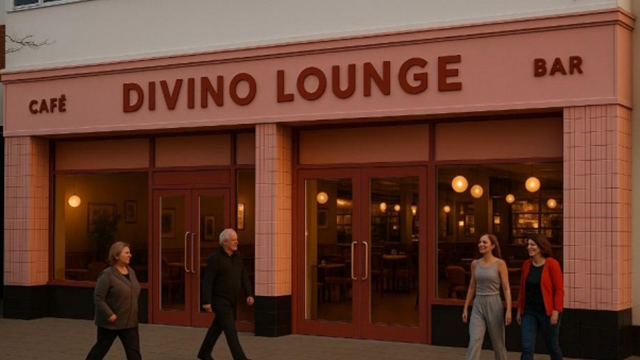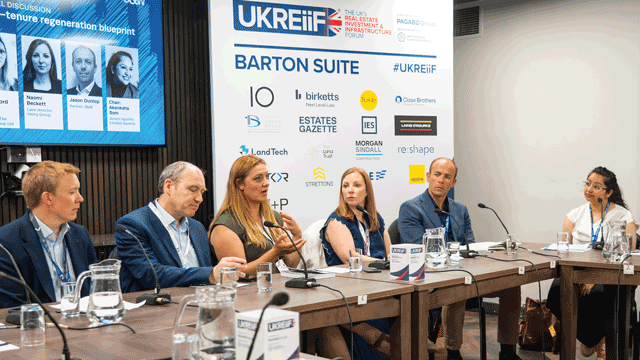COMMENT You will have seen the news: students queuing outside estate agents looking for homes as there simply aren’t enough beds. Except, the last bit isn’t true. There are beds, but most of those available are too expensive for the mainstream market and the queues are for a very specific product – a cheap one.
The purpose-built student accommodation market is growing, but it’s catering for the wrong consumer. Developers may be “listening” to their tenants, but they are not hearing what the market outside their existing customer base wants – or, more crucially, what the future student will want, given that long planning and development processes mean that what is being built today may well be out of date in three years’ time. The sensationalism around a supply crisis is very localised, and without collaboration between universities, PBSA and councils, a development frenzy may well not yield great returns in the future.
Risk appetite
There is a buzz in the industry about the boom of 18-year-olds in 2030 but, significantly, these are domestic students who may not be able to afford PBSA, do not have the desire for the facilities in PBSA and ultimately have a choice to stay at home. They may even not become university students – there are now many government-backed schemes within apprenticeships and further education that would negate the need for student accommodation at all. There is a disparity between where domestic demand sits and what PBSA supply delivers.
We recently conducted one of the largest pieces of research into the home with 2,500 Gen Zs, and the conclusions were clear. Affordability and good-quality homes are the key driver, and overwhelmingly the demand is for energy-efficient homes that they can benefit from via lower bills.
At present, accommodation costs consume 72% of the maximum maintenance loan – rising to 88% in London – and a staggering 69% of students use their maintenance loan to pay for university accommodation. More frighteningly, 20% of students work more than 21 hours a week to subsidise their study. This is simply not sustainable for students and the landlords of these beds.
I was speaking with an investor recently in the student beds market and, although there is a huge appetite to invest, with borrowing costs rising there isn’t the appetite for the associated risk. However, what developers are creating is not what students want. There is a huge lack of willingness to pay for amenities, according to our research. Some 65% do not want to pay for concierge services, 63% do not want to pay for a communal dining room and 54% do not want to pay for a cinema room. There is a perception that students want the bells and whistles, whereas the reality is that they want a good mattress (65%), blackout blinds (79%) and sound insulation (86%): the demand is more basic than expected.
Beds and stability
Perhaps refurbishing existing buildings without the expensive luxury features would be a good way to achieve what the students want while supporting a more sustainable vision for the construction industry.
Removing these amenities drives down non-billable space, thereby generating the opportunity to create more beds. Ultimately, investors and students want the same thing: more beds and more stability.
As marketing professionals, we usually get pulled into the discussion towards the end of the project when beds are ready to be filled – but really this is too late.
Marketing should be brought in much earlier, with research guiding and supporting the design process so that the product is ultimately what the customers want. Often marketing is seen as a plaster as opposed to a foundation.
We are currently supporting a client in London to create in-demand accommodation. The research we have carried out has helped shape the bedroom layouts, the number of beds to an apartment and built-in features, from smart technology to renewable energy. Moreover, the developer is working on a retail strategy to complement the regeneration locally – integrating the homes into the local community according to demand for amenities, not competing.
As with students historically, Gen Z is price-conscious, and this is underpinned by the cost of living driving their choices. Record levels of young people are still going to university, and international students still rate British institutions highly; as such, the choice is simple – provide better, cheaper homes or face empty beds.
Sarah Canning is co-founder of Property Marketing Strategists











